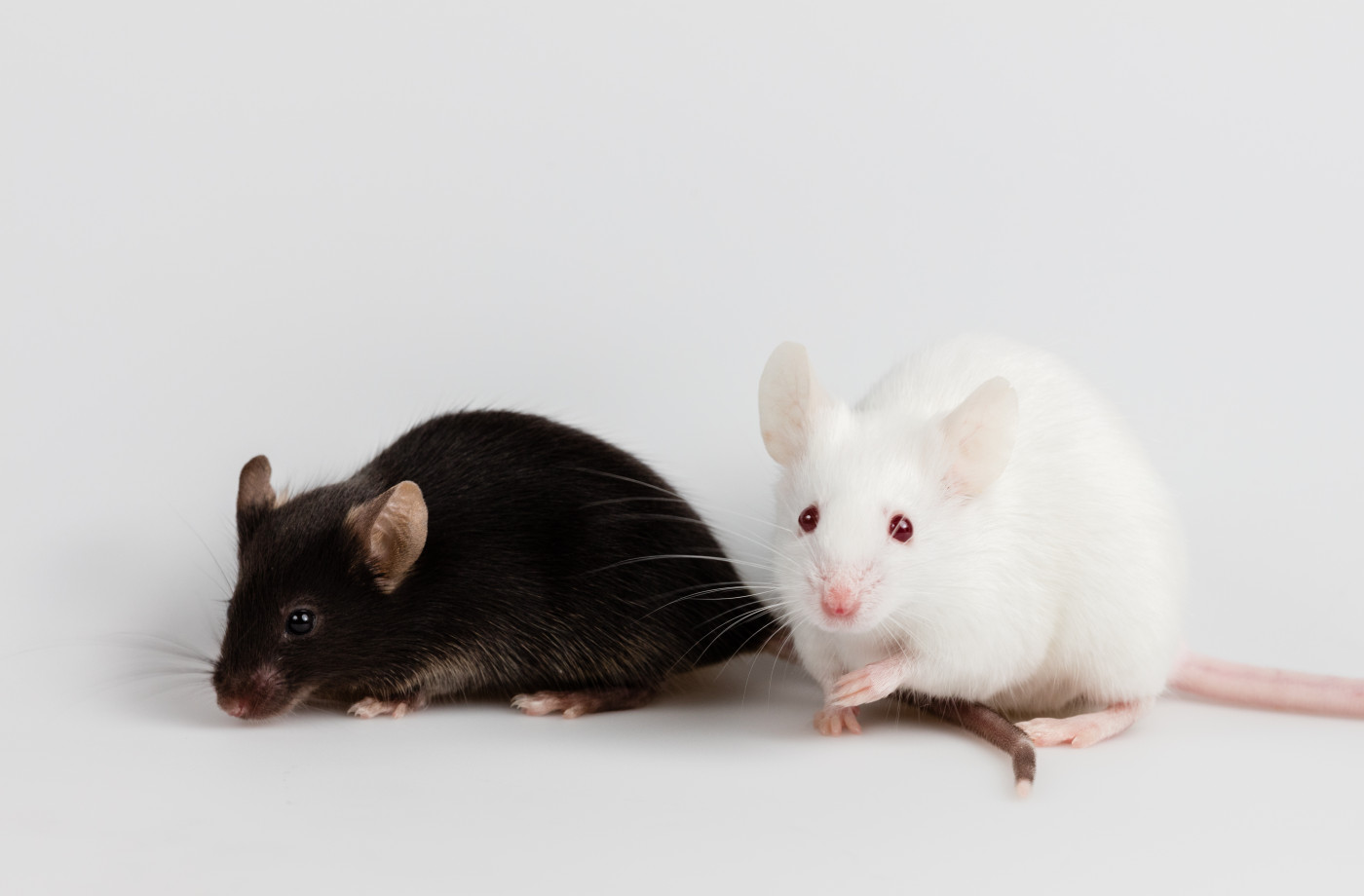Researchers Study Mice Strains to Test Drugs for Angelman Syndrome
Written by |

Researchers identified differences in Angelman Syndrome (AS) symptoms across different strains of mice with AS. This work paves the way to finding the best mouse model for testing drugs to treat seizures and other deficiencies in AS.
The study, “Strain-dependence of the Angelman Syndrome phenotypes in Ube3a maternal deficiency mice,” was published in the journal Scientific Reports.
Patients with AS are prone to having seizures, along with developmental delay, lack of speech, and walking and balance disorders.
Mouse strains are useful for studying diseases and developing drugs to treat them because mice are like identical twins. Mice in one strain have the same genetic background, meaning that their genes are all exactly the same. Mouse strains differ from each other in their genetic backgrounds.
Experts previously reported differences in AS symptoms among different strains of mice with AS.
The research team tested three strains of mice with the AS gene defect, one called AS B6, another called AS 129, and the offspring of the two strains after breeding them together were termed F1.
The team looked for motor and behavioral abnormalities, abnormal electroencephalograms (EEG, a measure of brain activity), and tendency to have seizures when stimulated to do so.
AS 129 mice appeared to have impaired memories, whereas B6 mice had more impaired motor function (movement driven by motor nerve cells), and abnormal EEG results.
Defects in motor function were greater in the B6 mice, and lesser in the 129 mice, and intermediate in the F1 mice, with or without AS.
The AS 129 mice had seizures, while the other two strains did not. Half of the 129 AS mice aged 3 to 3.5 months developed seizures. Even more of the older AS 129 mice had seizures.
The authors stress that more studies are needed to identify the biological source of the differences in characteristics among strains of AS mice.
“Future studies investigating differences in genetic modifiers and signaling cascades in AS mice from multiple backgrounds are needed to fully understand how different genetic make-up can affect neural circuitry and AS-like phenotypic expression,” the team wrote.
“The B6 AS mice showed fairly robust differences in a number of behavioral tests and EEG studies, which will be valuable for screening the effects of novel therapeutics. The 129 AS mice demonstrated limited behavioral abnormalities but may be useful for screening novel therapeutics for seizure protection,” the study concluded.





